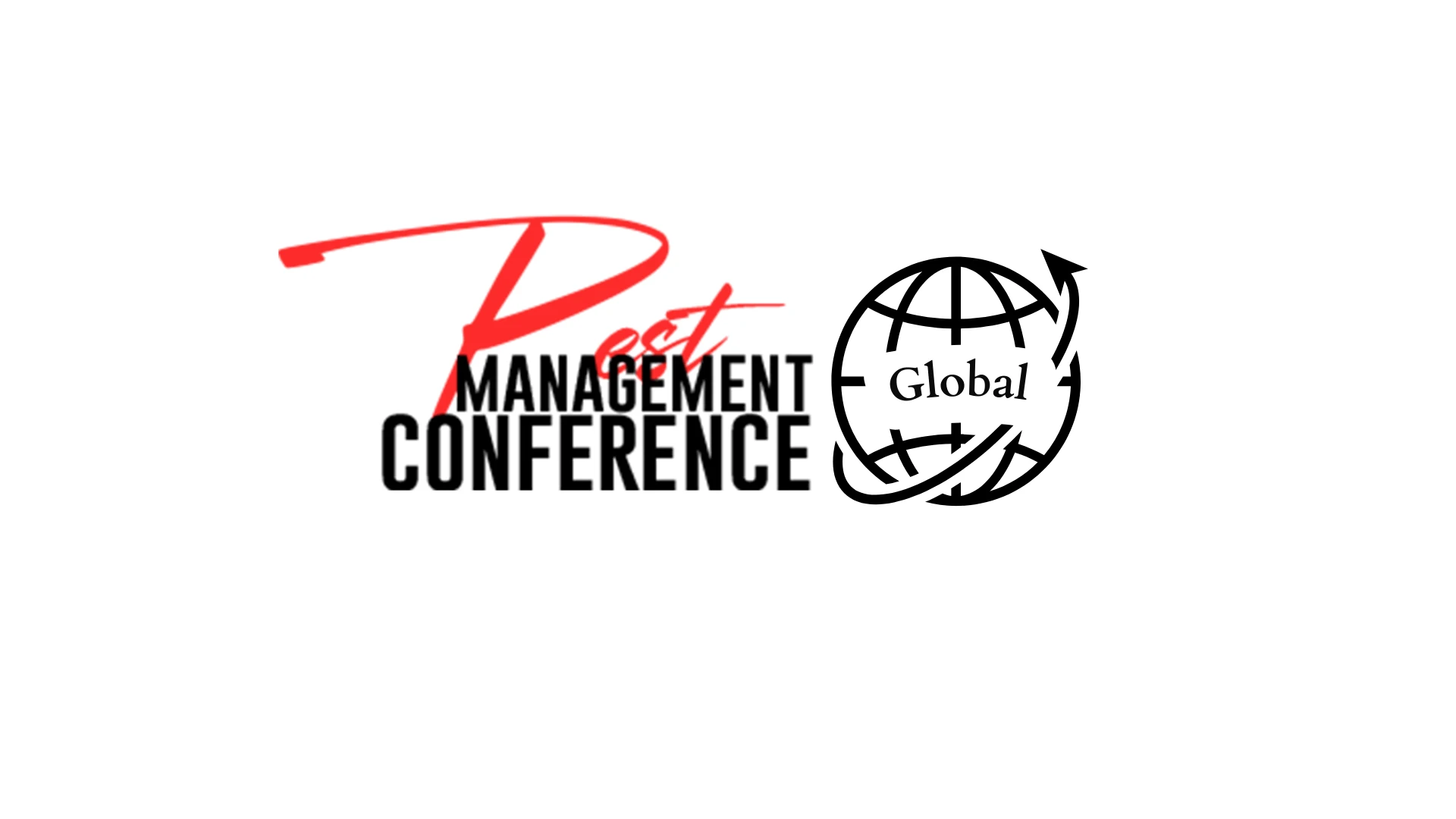Ask a few former Enron employees and you’ll hear a resounding, “YES.”
Yesterday, on a Jet Blue flight home from New York, I found myself glued to a 3- by 5-inch television screen on the seatback in front of me listening to the gurus debate the latest example of big business gone bad: Enron. It may take years before we know what really happened at Enron. In the meantime, as thousands of employees mourn the loss of their life savings, management consultants like myself, along with analysts, lawyers, government officials and the SEC will all be entertained and intrigued by the ongoing analysis. As a human resources consultant, I’ll be studying the “people-side” of the equation, trying to understand how and if leadership, culture, mission and philosophy may have played a role in the company’s downfall.
It’s no surprise that I found a recent New York Times article about the collapse of Enron fascinating. The author, John Schwartz, described the culture change that coincided with the promotion of Jeffery K. Skilling to President and COO in 1996. In the article, Schwartz shared the results of interviews with former Enron employees. One ex-employee, Linda Richardson, talked about Skilling’s “rank and yank” performance review process that, she believed, contributed to the demise in the culture. In this process, according to the article, management groups routinely rated employee performance and ousted the lowest-ranked individuals. From a business standpoint — you might be thinking — this sounds logical. After all, keeping poor performers just drags everyone else down.
The problem, however, according to Richardson, was the perception among employees that higher scores had more to do with not making waves than with actual performance. Richardson’s take on it was, “if you disagreed with anything, if you spoke what you thought was the truth, you didn’t fare too well” in these reviews. Ultimately, the “rank and yank” practice was viewed as a “fight for supremacy,” Schwartz reports. The article outlines numerous other examples of a culture gone bad and one that was intensely competitive, distrusting, controlling and intolerant of dissent.
THE RESULT? Although I wasn’t at Enron and can’t speak from first-hand knowledge, as the story unfolds, we learn more about employees who didn’t fit Enron’s unhealthy culture and who got chewed up and spit out while listening to “leaders” in the organization tout the core values of the company: respect, integrity, communication, excellence. Go figure. These types of cultures inevitably lead to groups of executives who manage by fear and employee-followers who do just that: follow — and never ask questions. This style further breeds “super arrogant” managers who lack the ability to develop leaders and who stifle healthy innovation. From the outside, employees may appear loyal. But inside is a cancer: a sick, dysfunctional culture. Like a bridge burning at both ends, it’s only a matter of time before it implodes.
If culture had anything to do with Enron’s collapse, what can we learn? To answer this, we must first understand the term “culture,” as it relates to business.
According to Edgar H. Schein, one of the founders of organizational psychology, culture is “the set of shared, taken-for-granted basic beliefs that the organization assumes is the right way to see, think and feel about how it operates...in individuals, we call this personality. In organizations, we call it culture.” Good analogy.
HOW IS A CULTURE FORMED? Contrary to popular belief, culture is not formed by publishing eloquently written mission statements in handbooks, by decorating office walls with beautifully framed renditions or by distributing cool, laminated pocket versions of the statement. Culture may be “defined” by these processes, but it is certainly not formed in this way.
Forming a culture is surprisingly simple. So simple, in fact, that it can occur without much effort. In fact, many CEOs and leaders don’t realize their culture is shaped and refined every day. Here’s how it happens: a business starts off with a good product or service and grows. At some point, the founders develop a set of lofty principles to define their culture and mission. The business does well and managers (not leaders) are hired or promoted quickly to accommodate the growth. These same managers are instructed to preach about the mission and company principles, refer to them in employee meetings, share them with customers and publish them in company memos. Being the humans that they are, these managers (and, oftentimes the CEOs) set about “leading” in their own style and fashion. Without realizing it, from their everyday actions and attitudes, the managers who preach the gospel of the culture begin to routinely make decisions that are inconsistent with the company’s core beliefs. It usually starts off small and, perhaps, insignificant. But employees are watching and when they see a pattern of actions that don’t match the words, trust is broken and the cancer begins to grow. If allowed to continue, the culture eventually becomes politically motivated, bureaucratic and arrogant.
Many companies unknowingly make decisions that are counter-cultural. Here’s a real-life example: A manufacturing company asked us to conduct an organizational review of employment policies and practices to help identify and correct compliance vulnerabilities and inconsistencies. At the time, we learned that the drivers who delivered their products perceived that they were “second-class citizens.” The leaders at the company wondered how this could be when the drivers were well compensated for their work. We discovered that the company had adopted a formula for paying for accrued time off (holidays, vacation, sick time) at a lower rate of pay than the employee would have received had he or she actually been working. Although the result of this practice was unintentional, it led to the drivers’ perception that the company did not value their hard-earned, accrued personal time off. In addition, the practice was clearly counter to the values and the culture the owners wanted to promote. Of course, once this was pointed out, they immediately changed the practice and were able to restore the drivers’ trust.
HOW DOES THIS HAPPEN? The managers who develop practices like the one above do not understand that culture is the result of their everyday decisions and actions. Culture is shaped primarily by what a company chooses to measure and control; what it pays attention to; how it handles organizational crises; how managers coach and develop people; how employees are compensated and rewarded; and the processes by which the company selects, promotes, retains and terminates people.
On a secondary level, a company’s culture is further defined by the physical work environment, by the rituals and events the company chooses to celebrate, by the organizational structure and, to a degree, by the written mission statement. Every company has a culture. Even a seeming lack of culture is a culture. While an organization’s leaders may not be able to articulate a company’s culture, the employees always can. We experience this time and again when we conduct employee opinion surveys. We also find that the companies with healthy cultures breed happy, productive employees who have intense loyalty that doesn’t waiver, even during tough times. These same employers naturally attract, develop and retain talent better than their counterparts and their leaders aren’t spending an inordinate amount of time solving “people” problems.
Perhaps the greatest words of wisdom to heed as you address cultural change and development were spoken by Arthur Ashe, the renowned sportsman, author and humanitarian: “To achieve greatness; start where you are, use what you have, do what you can.”
Does culture matter? If you don’t believe the Enron employees, ask some from Southwest Airlines, General Electric or PepsiCo. Or, better yet, take a look at their bottom lines.
The author is president of the Winter Park, Fla., consulting firm, Seawright & Associates Inc. She can be reached at 407/645-2433 or jseawright@pctonline.com.
|
ONLINE ONLY: IS YOUR CULTURE LIVING UP TO YOUR EXPECTATIONS?
Is your culture living up to your expectations? If not, consider these four culture-enhancing strategies: 1. Hire only those people whose actions, experiences and lives exemplify your core values. You cannot change inherent attitudes in people, so hire people who believe in your values, philosophy and mission. Establish a comprehensive, effective process for identifying and hiring talent. Take time to get to know the people before you bring them into the ‘family.’ Be vigilant and do not compromise your standards. 2. Take the temperature of the workforce on a regular basis. If you want to know how your employees really think and feel about your company—the culture, pay, benefits, recent changes or management, have an outside third-party conduct a confidential employee opinion survey. You may be surprised by the results! (Note: If you conduct a survey, be ready to listen and willing to respond to employee concerns. To do otherwise, diminishes your credibility.) 3. Walk the talk. Once organizational values are well defined and articulated, ensure all leaders in the company make decisions and treat people consistent with these values and the company culture and philosophy. Do not tolerate arrogance. Aggressively confront and eradicate cultural abuse. 4. Periodically conduct an organizational assessment. Carefully review company systems, processes and policies to ensure they promote and encourage the values and culture you are trying to build. |

Explore the March 2002 Issue
Check out more from this issue and find your next story to read.
Latest from Pest Control Technology
- Moneypenny is a Provider of Virtual Receptionists
- Video: Top 10 PCT Photo Contest Finalists
- Massey Services Expands with Southeast Commercial Region
- Pest Management Foundation Announces Kevin J. Burns Scholarship
- How to Identify Clover Mites
- Termite Threat Halted in Southern Florida
- PCT Media Group Adds Managing Editor Katie Hobbins
- Evens Clerjuste on Team Communication as Company Growth Point





